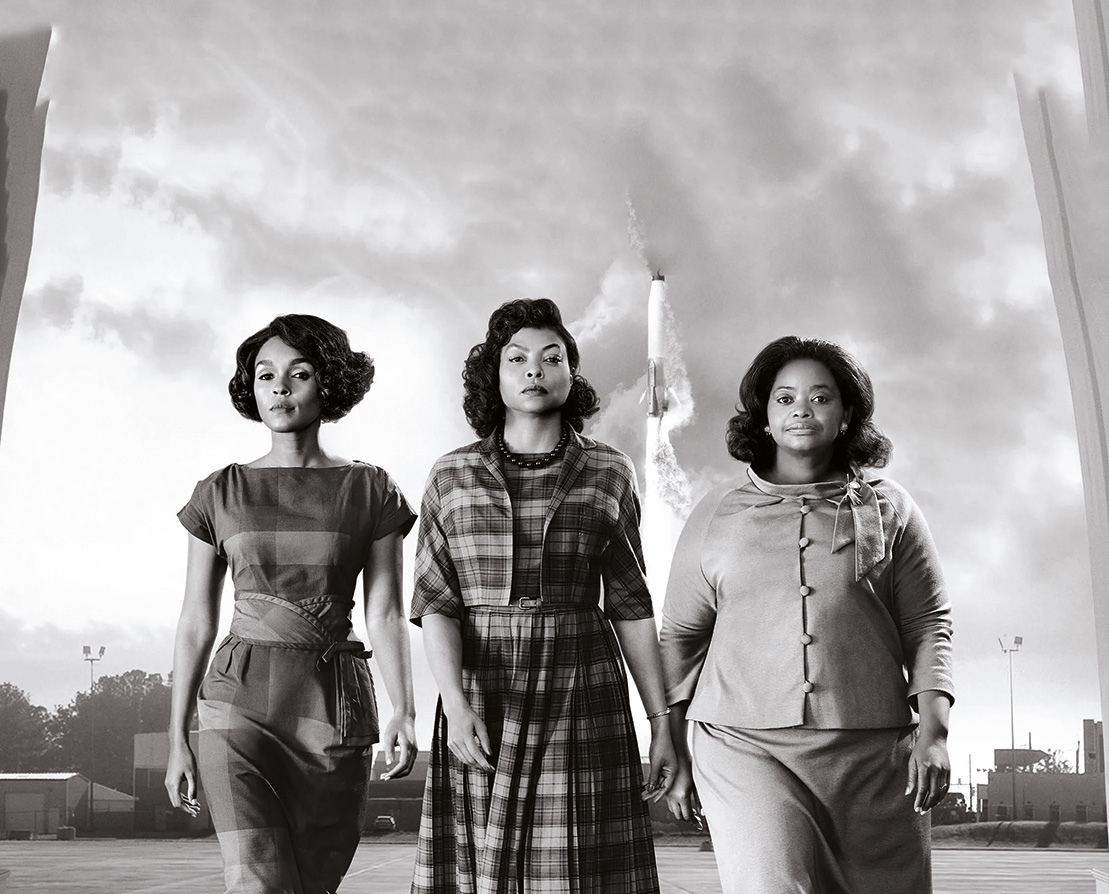top ten
Changing The
Narrative
Let’s hear it for the films that took a left turn in their genre


Back to favourites
There’s a saying that there are ‘no new stories’, and certainly movies seem to serve up familiar tales and tropes. Cinema is such an integral part of us, mirroring what we believe and how we coexist. But every so often, filmmakers deviate from what we’re used to seeing on screen – whether it’s through casting, characters, narratives or production. They go against the grain, challenging stereotypes and thereby changing the conversation.
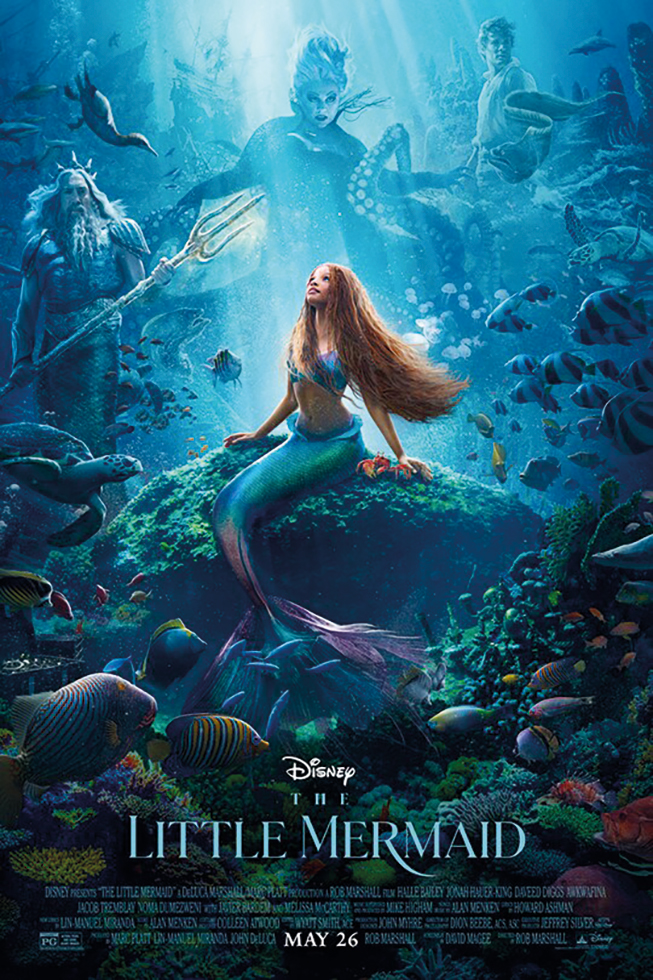

THE LITTLE MERMAID ( 2023 )
The new version of the beloved fairytale has come under fire for its casting of Ariel. Halle Bailey, an African-American actor, plays the red-haired, blue-eyed mermaid so familiar from the 1989 Disney film. Despite many animated films having challenged the idea that only white girls can be fairytale heroines – Mulan (1998), Aladdin (1992), Pocahontas (1995), The Princess and the Frog (2009), Moana (2016) – it seems a ‘live action’ version that doesn’t fit the mould is harder to swallow for some – leading to #NotMyAriel doing the rounds. Asking “Can there be a black (or Asian or whatever) mermaid?” is a nonsensical question, really. Ariel is a mythical creature, so who’s to say existing perceptions of what a mermaid looks like are correct? But if anyone needs more convincing, consider that in African and Caribbean folklore, mermaids are black.


AVENGERS: ENDGAME ( 2019 )
Marvel’s creation of a shared world of adored superheroes – the so-called MCU (Marvel Cinematic Universe) – in which they pop up in each others’ stories and unite to fight foes, had never been seen – and would dominate cinemas for over a decade. Although steeped in nostalgia and escapism, the MCU’s link to the real world is felt by fans, and they grew closer to their favourite on-screen heroes with every new film. Marvel’s ‘Infinity Saga’ – 23 movies over 13 years – concluded with Endgame (2019, with a couple of shocking character deaths. It made history as the first movie to make over $1 billion. (In total, the MCU has raked in nearly $30 billion.) It may have been Endgame, but it’s certainly not game over...


BLACK PANTHER & WAKANDA FOREVER ( 2018; 2022 )
If you’re a sucker for a good superhero film, look no further. Black Panther is about a leader, T’Challa, who fights for his country, Wakanda, and his rightful place on its throne after his father’s death. On its own terms, it’s a fantastic film (as part of the MCU, how could it not be?) – but it also stood out as a story centred on black people who are not dealing with black pain, suffering and poverty, but rather as empowered rulers of a kingdom and creators of advanced technology. It was one of those turning-point moments, a celebration of African heritage and style that filtered into fashion, music and pop culture. In addition, the sequel, Wakanda Forever, put strong black women at the forefront of the MCU for the first time.


GET OUT ( 2017 )
Jordan Peele has changed the way horror films are done. As a first-time director, he brought a fresh perspective. Get Out gave us what we’ve hardly ever seen in horror movies – a black protagonist – and a sharp political undercurrent with a healthy dose of satire. It follows Chris as he visits his white girlfriend’s liberal family, and although they seem normal at first, things go spectacularly awry. Unusually for the genre, it was nominated for Oscars for best director, best picture, best actor and best screenplay (winning the latter).
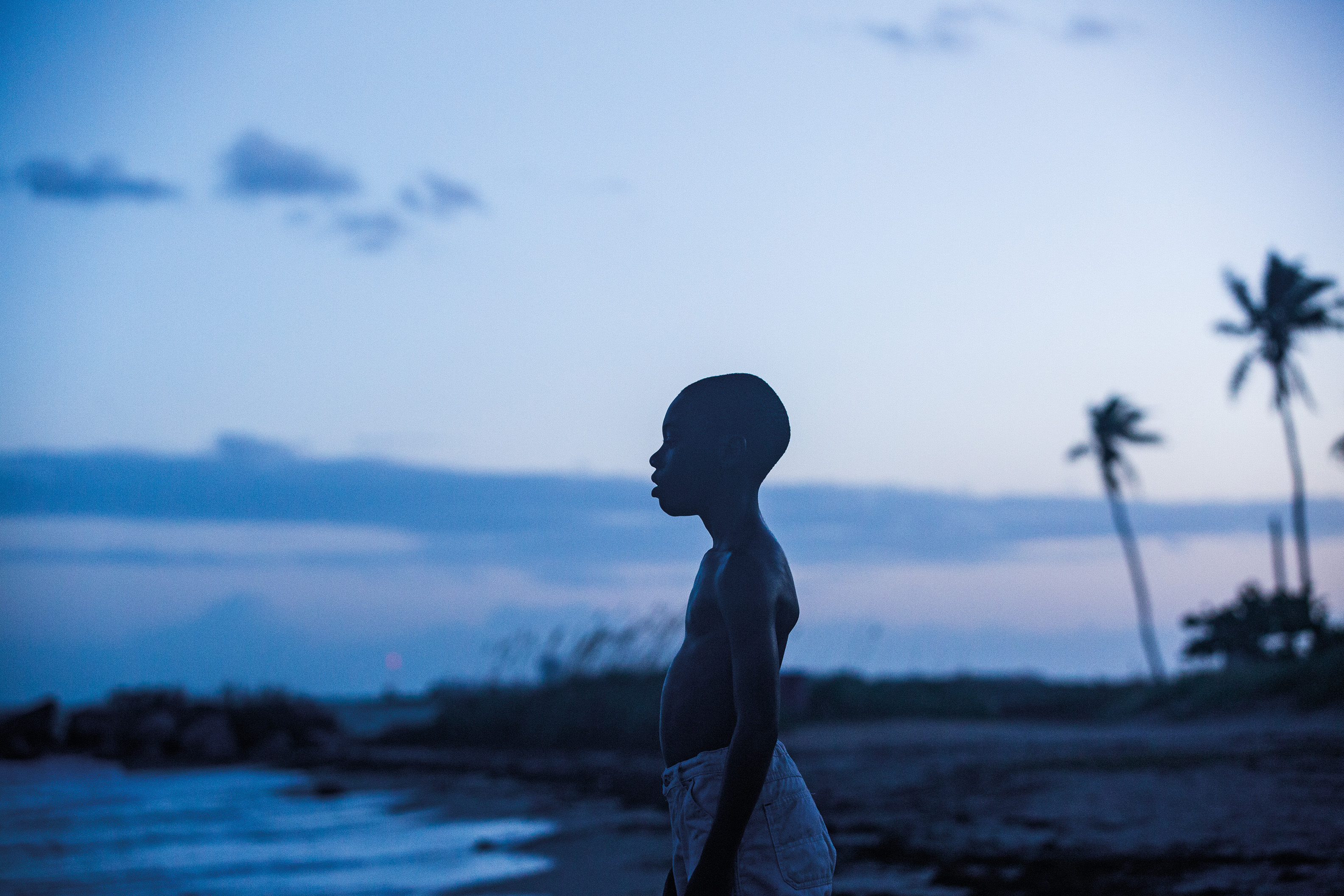

MOONLIGHT ( 2016 )
Director Barry Jenkins described it as, “Instead of taking the ’hood to the arthouse, we’re gonna bring the arthouse to the ’hood.” And with its classical music, beach visuals and fluid camera transitions, this film certainly presented differently to other films about young black men. Its subject matter was also rare– the story of Chiron, from Miami, who struggles to accept his sexuality, showing him as a fragile nine-year old, an awkward teenager and a grown man, all the while supressing his true self to survive in his community. Moonlight was noted for depicting people of colour, who often aren’t shown in LGBTQ+ films. It was also the first Best Film Oscar winner to have an all-black cast and gay main character.


AVATAR ( 2009 )
This sci-fi film paved the way for CGI as we know it. Up until then, CGI wasn’t very convincing – until Avatar came along, seamlessly merging live-action actors with digital backgrounds, and depicting the Na’vi as realistically as the human cast, making it all the more believable. Director James Cameron developed loads of new tech to make the film (which took him 15 years to perfect), including new motion-capture methods. Combined with an on-point plot centred around human destruction of a planet and the effects of colonialism, it swept audiences off their feet.
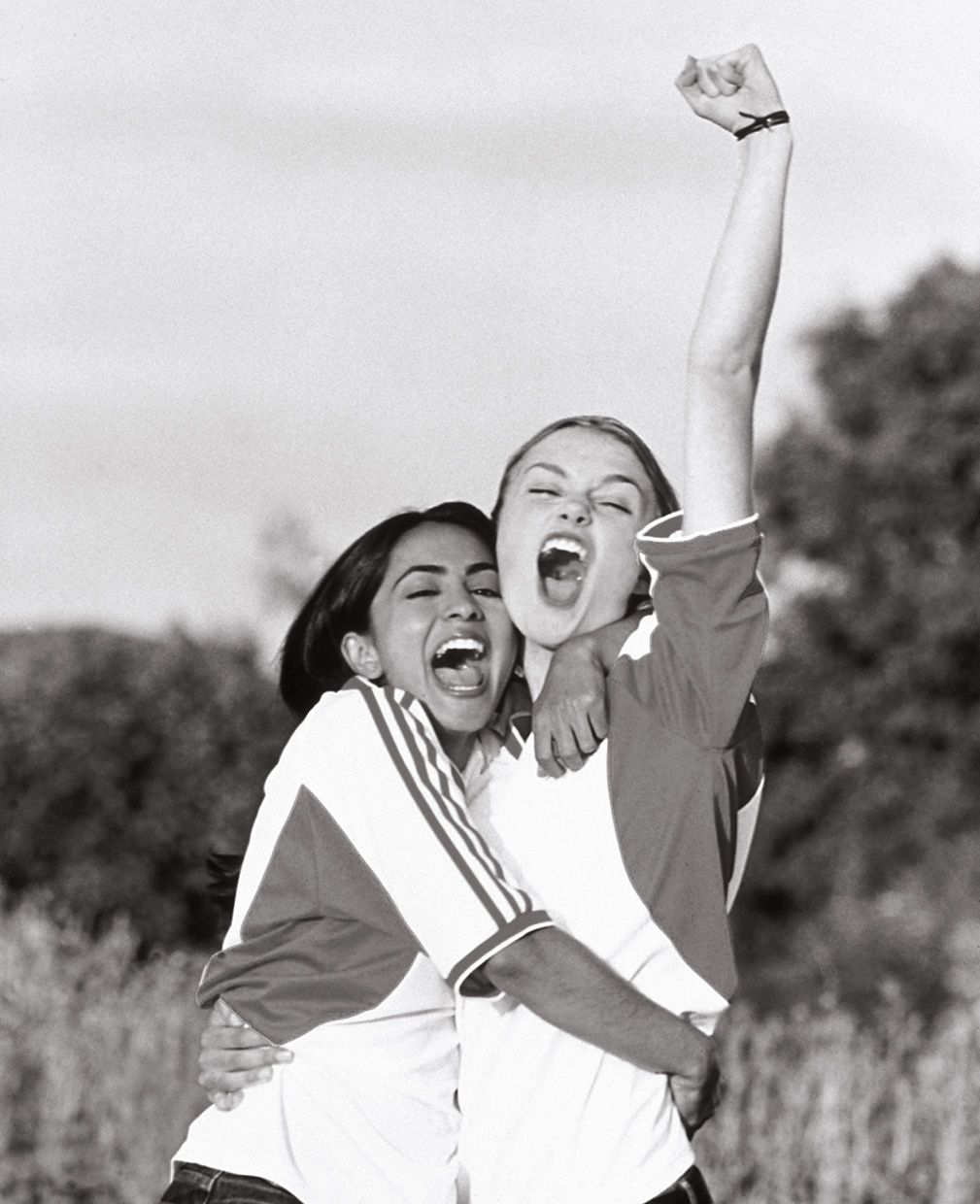

BEND IT LIKE BECKHAM ( 2002 )
A classic feel-good movie, it nevertheless covers some important subjects. A sports film focusing on female soccer players (itself a fairly unusual choice back at the turn of the 21st century), it also addresses cultural identity, racism and the divide between old and new traditions and values. Set in and around London, it follows the story of two teens – one from a very traditional Indian family – who are both intent on scoring professional careers in football.
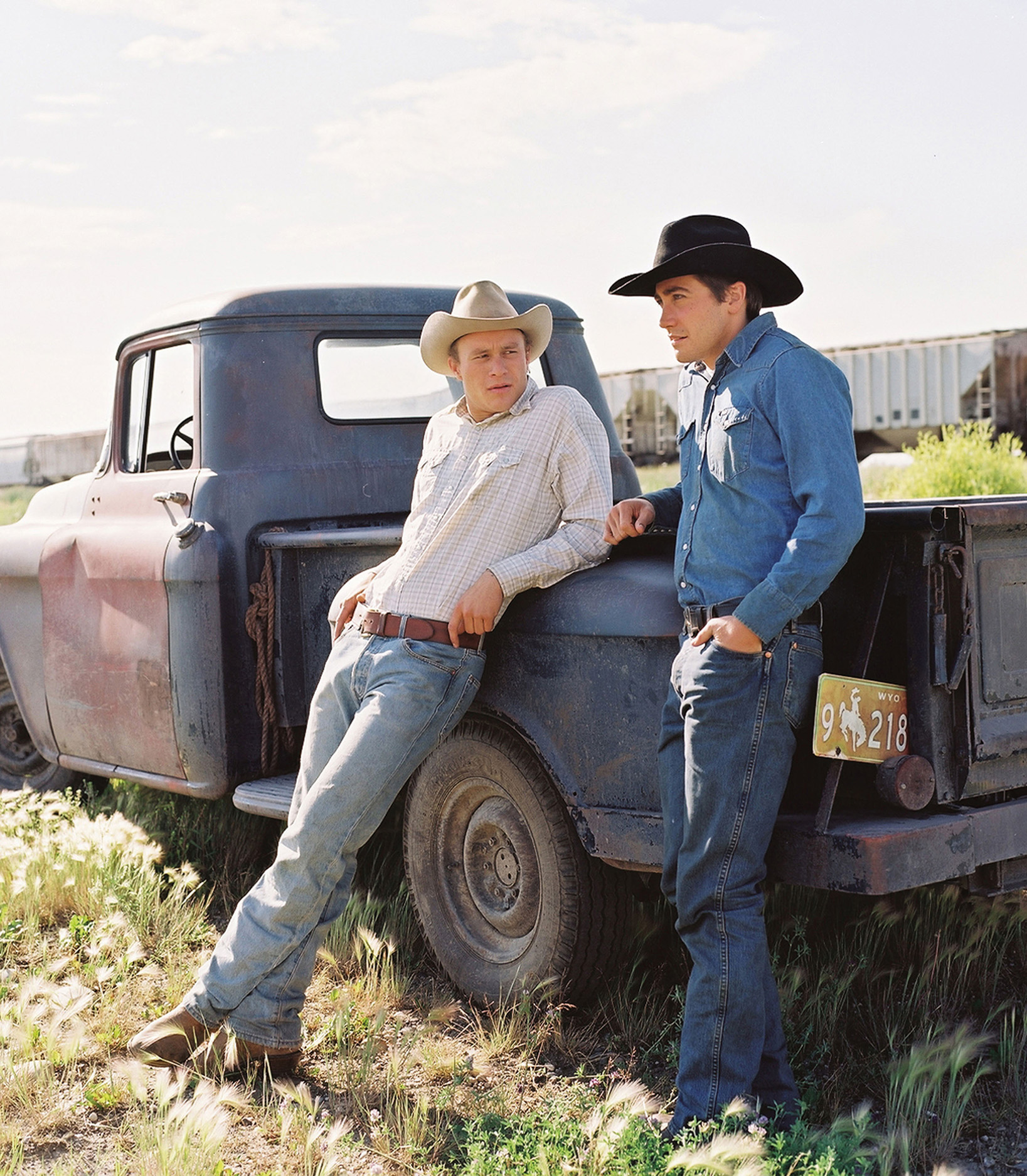

BROKEBACK MOUNTAIN ( 2005 )
Ang Lee’s heart-breaking Western was also ground-breaking, subverting everything audiences had come to expect from ‘cowboy’ movies, romantic movies, stories about simple rural folk and depictions of gay men. The film explores the friendship between modern-day cowboys Ennis and Jack, as it develops into a secret romantic relationship (both men are married to women). It marked a turning point for ‘queer cinema’ themes advancing into the mainstream (albeit with heterosexual actors), and greatly influenced other films such as Tom Ford’s A Single Man (2009) and Blue Valentine (2010).
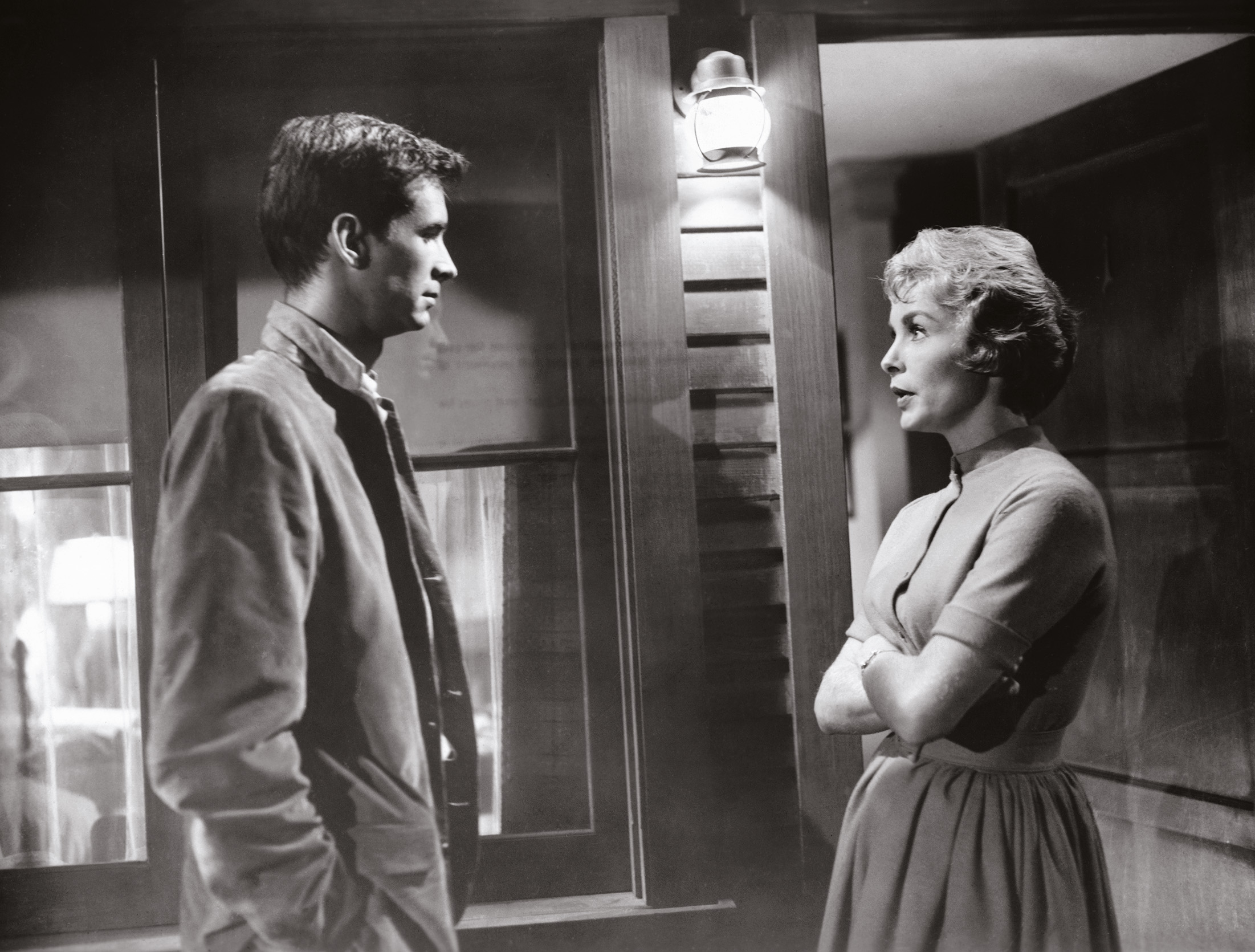
PSYCHO ( 1960 )
The psychological horror movie that started it all, thanks to Alfred Hitchcock. Horror films before then had mostly featured fantastical and scary creatures like Dracula or Godzilla. However, Hitchcock ‘humanised’ horror with Norman Bates, the film’s twisted killer. In doing so, it held a mirror to society to show us that humans can be the scariest creatures of all.

